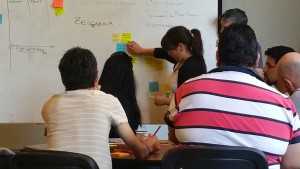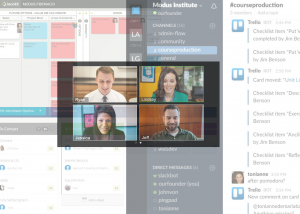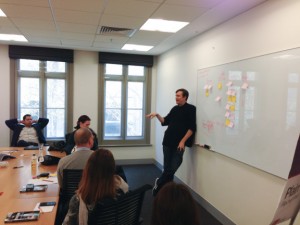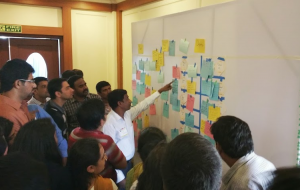
If you can’t describe what you are doing as a process, you don’t know what you are doing. ~ W. Edwards Deming
A bad system will beat a good person every time. ~ W. Edwards Deming
Drive fear from the workplace. ~ W. Edwards Deming
Let’s take a second to emphasize who is important in these quotes.
Well, by golly, it’s people.
A company could put a top man at every position and be swallowed by a competitor with people only half as good, but who are working together. ~ Ed again.
As long as we see process as something other than how we agree to work, “process” will always be a tool of the uninformed to try to force the people actually doing the work to meet targets those in control assume to be important. We will continue to buy our “process” from books or consultants. We will have our “process” foisted upon us.
But there is a difference between process and operational imperatives.
Operational Imperatives are uninformed ways of working that we learn in classrooms or are poorly described in corporate manuals that come from outside the team. They are only improvable by management, because management owns them. Continuous improvement or an improvement mindset can only be held by those who have a burning desire to improve. All others will quietly toil under the regime. Stagnation and isolation will ensue.
Process, as Deming was describing it, is the social contract your teams and your organization agree upon to provide value. They define it, the engage it, and they improve it. Process is intentional. If a process does not include a way to improve itself, it will not improve. If a process does not directly address quality, you will have shoddy product. If a process does not have a mechanism to connect with the customer, you will lose focus on customer needs. If process is not owned by the people engaged in the process, it is not process – it’s orders.
Let me be very clear: If you implement ways of working that the effected people do not have a hand in defining, you are setting up an operational imperative. That can and does work. It’s your choice. But know that you cannot set up that system can call it Lean. You cannot set up an operational imperative and have someone else meaningfully improve it.
You also cannot start with an operational imperative (even if it’s super cool or accepted as an industry standard) and expect any of Deming’s warnings not to come true.
The act of “describing your work as a process” does not mean you can say “I take this goop and form it into that shape and dry it in that hot box and put it in that container for shipping.” Your phone can say that. But why is it different?
Deming didn’t just say ‘describe your work as a process’, he also talked a lot about collaboration and constancy of purpose. In other words, describing your work as a system means you understand not just the value stream of your work – any robot can do that. You need to understand that your process isn’t just mechanics, it’s psychology, it’s interaction, it’s invention, it’s improvement. Why we are doing this. For whom we are doing this. With whom we are doing this.
A process is how we express being human.
To make our process into a simple value stream is to cheapen all human endeavor and ultimate create bad systems in which to trap good people. It leads us into Jack Welch firing the alleged “bottom 20%”. It leads to process fads and certifications based on someone’s assumption of how work happens but never really fit any specific company. It leads to reliance on outside voices, rather than taking responsibility for our own future. It leads to industry “best-practices”, rather than optimization for our own context. It leads to wasting time, energy, and money on forced solutions that are expensive to change, rather than democratic solutions that change naturally.
Business process, therefore, is the combination of your system of work, your culture, and your relationships with customers and suppliers. Given that your working methods, how you interact internally, and how you supply value are what your company does … if you can’t describe these as a “process” then…you don’t know what you are doing.






